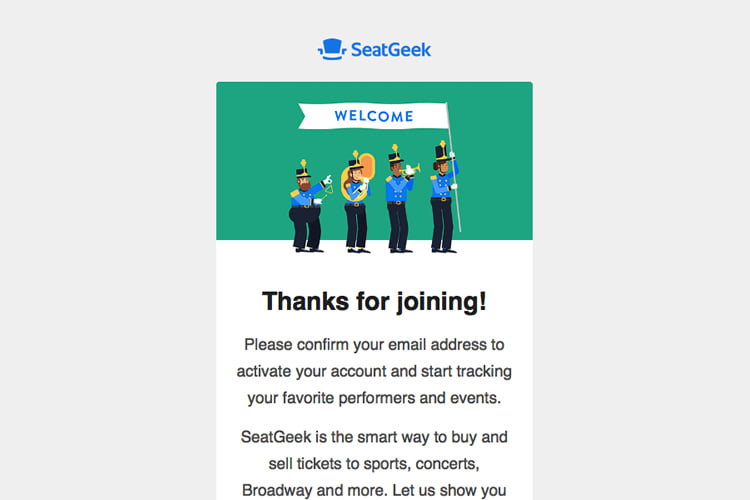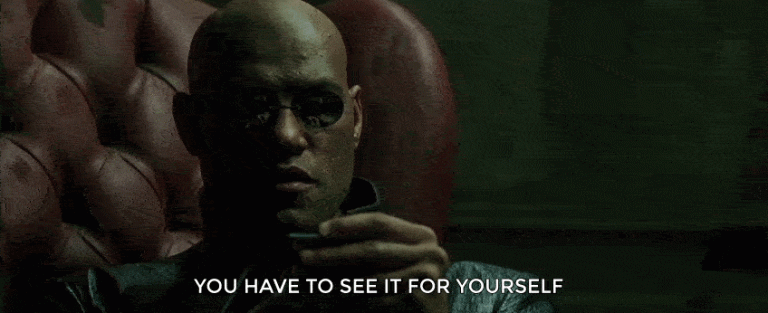Donald Trump used to be everywhere on social media — but lately, it feels like he’s nowhere.
Many have noted just how little people have been talking about Trump — from cable news to Google searches — since he lost the election and was kicked off Facebook, Twitter, and YouTube four months ago.
New data Recode obtained from social media measurement firms Zignal Labs and CrowdTangle shows just how drastic the drop in conversation about Trump has been.
Mentions of Trump went down by 34 percent on Twitter and 23 percent on Facebook the week after he was banned from both platforms following the Capitol riot on January 6. Since then, Trump mentions have continued to decline around 90 percent on both platforms from where they were the week of the riots. (That decline may be even greater than what the current data reflects on Twitter because it doesn’t include retweets and tweets from accounts that have since been deleted, like Trump’s.)
Of course, it’s impossible to divorce the decline in the Trump conversation from the fact that he’s no longer president. It’s natural for people to talk less about a world leader once he or she is no longer in office. Even before the bans, mentions of Trump had started to drop after he lost the election. But Trump wasn’t an ordinary president, and he’d made it very clear he planned to continue being present in political discourse after his loss — as evidenced by his posts inciting Capitol rioters.
Still, the steep decline of mentions in recent months shows just how the president who once set a national political agenda with his around-the-clock social media posts has been relegated to lesser relevance on the mainstream internet, and in conversation more broadly. Now that the Facebook oversight board has extended Trump’s Facebook ban six more months, that dampening will likely continue.
What the data shows
During his four years in office, Trump was one of the most active and influential figures on social media, often setting off global news cycles with a single 140-character tweet. And even after Trump lost the election, he was able to garner unparalleled social media attention as he perpetuated baseless conspiracy theories about the election results.
But everything changed when a crowd stormed the US Capitol in early January as Trump encouraged his followers to overturn the result of the election. Facebook, Twitter, and YouTube then took the unprecedented step of kicking the then-sitting US president off their services.
Recode asked Zignal Labs and Facebook-owned CrowdTangle for data about Trump’s social media mentions to better understand his social media presence over time, and how his social media suspensions impacted that presence.
On Twitter, Trump garnered nearly 50 million mentions in the week beginning January 3, the week of the Capitol riots, according to data from Zignal, which searched for “Trump” as a keyword or hashtag. The following week, after Trump was banned, mentions dropped to around 30 million and have continued to decline precipitously. In the last month, that number has shrunk to around 3 million mentions per week — or roughly the level it was at in 2016, before Trump became president.
“While Donald Trump is still a heavily discussed figure on Twitter, his suspension in January has had a significant impact on the volume of mentions of his name on the platform,” said Jennifer Granston, chief customer officer and head of insights at Zignal Labs. “In the nearly five months since the permanent suspension of his account, there have been 151 million mentions of his name on Twitter. For context, during just the week of the 2020 presidential election, his name accumulated 56 million mentions.”

On Facebook, the week that included Election Day 2020 had the highest number of interactions, with 427 million “Likes,” reactions, comments, and shares on posts by Trump or including the word “Trump” on Facebook pages, public groups, and verified profiles. That spiked again to around 300 million the week of the Capitol riot but has since declined to levels below any seen in the past year — around 30 million a week. CrowdTangle’s data, as of publication, includes engagement with Trump’s account that has happened after he was banned from posting.
Again, it’s not entirely surprising that a lame-duck president would start to fade from public discussion.
But Trump was an exception. Even after his mentions and presence on social media had begun to decline post-election, he rallied his social media followers in a drastic rebound. In early January, Trump capitalized on the “#stopthesteal” social media campaign to attempt to overturn the results of the election and once again dominate discussion on Twitter.
One of the reasons the conversation about Trump finally dropped off is because, at the same time they banned Trump, social media companies also cracked down on major far-right groups that bolstered discussion of Trump online, like “#stopthesteal,” QAnon, boogaloo, and Proud Boys. For example, about a week after banning Trump, Twitter suspended more than 70,000 QAnon accounts popular among Trump loyalists.
With Trump off Twitter, that also meant people couldn’t retweet or reply to him — key ways he often became central to the public conversation on social media. When his account went away, there was less for people to react to — either positively or negatively.
“While there are certainly many contributing factors, now that users no longer have the ability to engage with his account, mentions of Trump’s name have shown a steady decline,” said Zignal’s Granston.
It’s impossible to say exactly how much social media companies’ bans on Trump — versus the natural course of events when a politician loses — were responsible for the drop in chatter about him. But it’s important to remember just how crucial social media was to Trump’s success in the first place. He was the Twitter president, and he used social media to build his campaign, push policy, and recruit supporters.
It’s also important to note that Trump still has an audience on other platforms, like his new cable news networks of choice, One America News and Newsmax. And his supporters still have robust communities like Facebook groups and pages and MAGA-oriented Twitter accounts. Trump has also said he would build his own social media platform, but so far his efforts seem more like a blog than anything like Twitter or Facebook.
But it’s clear that the ban had a serious effect on the volume of conversation about Trump on mainstream platforms, even if we can’t exactly measure how much.
Why Trump’s social media ban matters
The decision to ban Trump from social media was one of the most challenging and controversial ones that social media companies have made to date — and they avoided making this decision until after he’d been voted out of office.
Twitter and Facebook made it clear over the past four years that they did not want to ban the president. In the past, even when Trump violated these companies’ rules on harmful speech, they resisted taking down his account or taking much action at all against his rule-breaking posts, saying that it was in the public interest to keep his posts up. During Trump’s term, companies created a “newsworthiness” exception solidifying this reasoning.
In the runup to the election, companies did start to take modest action against certain content that contained misinformation about voting and Covid-19.
Meanwhile, conservatives have long made unfounded accusations that they were censored by social media companies. In turn, social media companies have tried to prove they were neutral platforms.
Everything changed when Trump lost the election and refused to concede — and egged on increasingly violent protests in the US Capitol. There was a clear, immediate, and physical threat to the stability of US democracy.
Now, that danger is seemingly less immediate, and there’s a debate about whether Trump should be brought back, or if social media companies should have indefinitely banned him at all. Proponents of the ban argue that if Trump is brought back onto the platforms, he could stoke civil unrest. And they point to how much misinformation on social media has declined after companies banned Trump and his allies — by as much as 73 percent, according to a January analysis by Zignal and reported by the Washington Post.
But opponents of the bans say that social media companies should not have the power to silence a former world leader, no matter how controversial his speech, and they worry about the precedent that sets for future bans.
The impact of these bans is going to be further discussed in the months to come.
On Wednesday, the company’s newly created oversight board, which has been called its “Supreme Court,” ruled that Facebook was correct to suspend Trump’s account in the short term but that the company needs to come up with clearer reasoning and a timeline around whether it wants to continue the ban.
The oversight board’s decision underscored that the debate around how social media companies should handle Trump will continue without any clear answers for the foreseeable future. One thing we do know now is the numbers show these bans have a clear impact.






